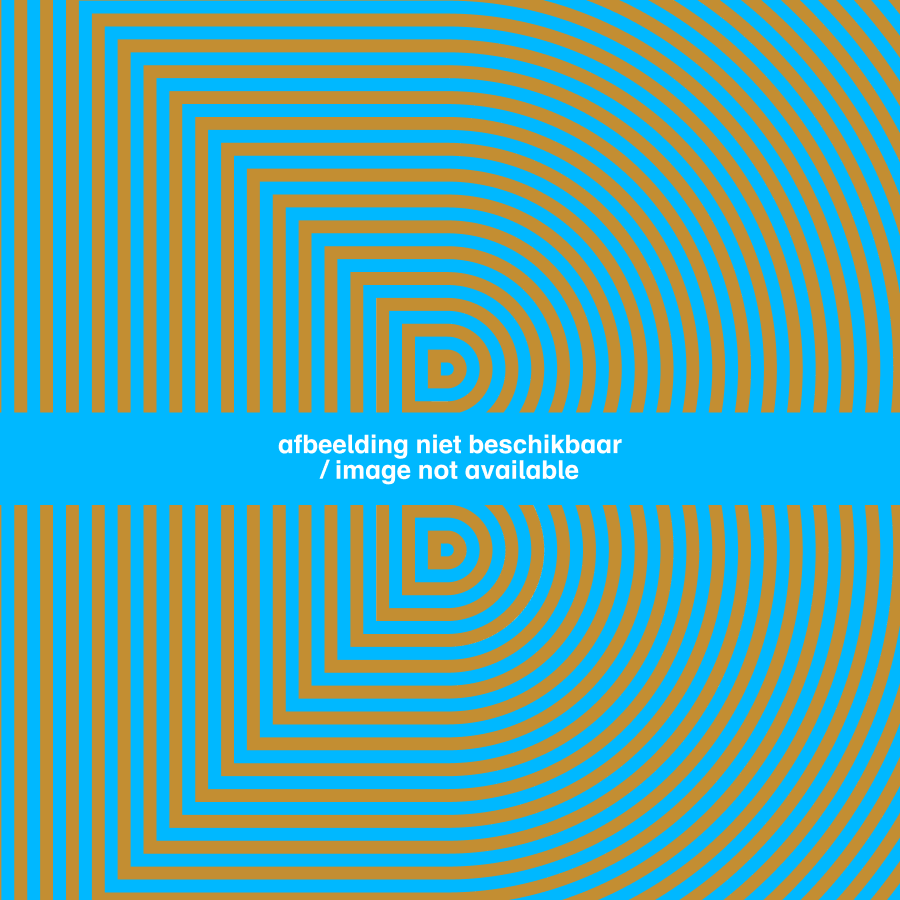In the 'sixties, television sets were designed as pieces of furniture. This small set, however, looks like a piece of equipment. The Sony TV8-301 was the first portable television set in the world, thanks to the use of transistors. This was the start of Japan's technological lead and heralded the miniaturisation of many audio-visual products.

Specifications
| Title | TV8-301 |
|---|---|
| Material and technique | Metal, glass, synthetic |
| Object type |
Television set
> Audio-visual apparatus
> Electrical goods
> Living
> Utensil
|
| Location | This object is in storage |
| Dimensions |
Height 19 cm Width 21 cm Depth 22,3 cm |
|---|---|
| Artists |
Executor:
Sony Corporation
|
| Accession number | V 1098 a-b (KN&V) |
| Credits | Gift Mr J. de Jonge, 1987 |
| Department | Applied Arts & Design |
| Acquisition date | 1987 |
| Creation date | in 1960 |
| Internal exhibitions |
Futuro, utopie in constructie (2011) |
| Material | |
| Object | |
| Geographical origin | Japan > East Asia > Asia |























